Is civil engineering on the cutting edge of technology? While almost all civil engineers remain devoutly proud of their chosen profession, some forward looking engineers are challenging the status quo. Are civil engineers followers – mostly implementing the ideas developed by others? Is there a stagnation of ideas in the profession?
Certainly, we are living in a rapidly evolving world that poses new challenges: environmental quality, global warming, worker safety, homeland security. These challenges may appear outside the purview of long-established civil engineering practice. Who then is more qualified to address these challenges? They cannot be met using only the well-known routine solutions; they demand engineering creativity.
 Professor Tomasz Arciszewski, of the Volgenau School of Information Technology and Engineering at George Mason University, has attempted to address these challenges by promoting engineering creativity and inventive design.
Professor Tomasz Arciszewski, of the Volgenau School of Information Technology and Engineering at George Mason University, has attempted to address these challenges by promoting engineering creativity and inventive design.
Unlike a growing number of faculty, Professor Arciszewski has hands-on design experience in the areas of steel space structures (Poland) and general structural engineering (Switzerland). He is also an inventor with three patents (Canada, Poland, USA) and another seeking approval this year. These experiences let him to an interest in engineering creativity, specifically in inventive design leading to the development of novel, feasible and potentially patentable design concepts.
Over the past decade, Professor Arciszewski has organized a system of courses related to engineering creativity, including a Graduate Certificate Program on “Discovery, Design, and Innovation.” He also teaches a course on “Design and Inventive Engineering,” which regularly attracts 12-14 PhD students from all areas of IT, engineering, the Departments of Psychology and Physics. The course covers many aspects of engineering creativity (which he calls “Inventive Engineering”), including the historical and psychological background, design methods and theories, bio-inspiration in design, AI in design, invited talks by inventors, etc. Undergraduate courses have also been offered.
Professor Arciszewski’s program at George Mason University is unique. The School was established about 20 years ago by Professor Andrew Sage, who was a visionary and saw the future as an intersection of IT/computer science and engineering. In other words, he wanted to create interdesciplinary programs leading to knowledge interegration and emergence of new transdisciplinary knowledge (Building a bridge between Computer Science and Engineering).
This multidisciplinary approach to engineering education has inspired participation from industry leaders. Dr. Paul Seguin of the US Army Corps of Engineers (Office of Strategic Planning) frequently participates in the classes and provides real inventive problems for students to solve. At the end of semester students present their results in front of a panel of about 10 “judges,” who are distinguished scholars and practicing civil engineers.
 Luckily, you don’t need to enroll at George Mason to learn more about inventive engineering. Professor Arciszewski recently published a book on “Successful Education. How to Educate Creative Engineers.” It provides a philosophical and intellectual foundation for teaching Inventive Engineering. It is available at http://www.successfuleducationllc.us/.
Luckily, you don’t need to enroll at George Mason to learn more about inventive engineering. Professor Arciszewski recently published a book on “Successful Education. How to Educate Creative Engineers.” It provides a philosophical and intellectual foundation for teaching Inventive Engineering. It is available at http://www.successfuleducationllc.us/.
I commend Professor Arciszewski efforts to transform civil engineering education by teaching students how to become creative people – inventors leading the generation of novel solutions that contribute to the fundamental needs of society and advance our civilization.
Certainly, we are living in a rapidly evolving world that poses new challenges: environmental quality, global warming, worker safety, homeland security. These challenges may appear outside the purview of long-established civil engineering practice. Who then is more qualified to address these challenges? They cannot be met using only the well-known routine solutions; they demand engineering creativity.
 Professor Tomasz Arciszewski, of the Volgenau School of Information Technology and Engineering at George Mason University, has attempted to address these challenges by promoting engineering creativity and inventive design.
Professor Tomasz Arciszewski, of the Volgenau School of Information Technology and Engineering at George Mason University, has attempted to address these challenges by promoting engineering creativity and inventive design.Unlike a growing number of faculty, Professor Arciszewski has hands-on design experience in the areas of steel space structures (Poland) and general structural engineering (Switzerland). He is also an inventor with three patents (Canada, Poland, USA) and another seeking approval this year. These experiences let him to an interest in engineering creativity, specifically in inventive design leading to the development of novel, feasible and potentially patentable design concepts.
Over the past decade, Professor Arciszewski has organized a system of courses related to engineering creativity, including a Graduate Certificate Program on “Discovery, Design, and Innovation.” He also teaches a course on “Design and Inventive Engineering,” which regularly attracts 12-14 PhD students from all areas of IT, engineering, the Departments of Psychology and Physics. The course covers many aspects of engineering creativity (which he calls “Inventive Engineering”), including the historical and psychological background, design methods and theories, bio-inspiration in design, AI in design, invited talks by inventors, etc. Undergraduate courses have also been offered.
Professor Arciszewski’s program at George Mason University is unique. The School was established about 20 years ago by Professor Andrew Sage, who was a visionary and saw the future as an intersection of IT/computer science and engineering. In other words, he wanted to create interdesciplinary programs leading to knowledge interegration and emergence of new transdisciplinary knowledge (Building a bridge between Computer Science and Engineering).
This multidisciplinary approach to engineering education has inspired participation from industry leaders. Dr. Paul Seguin of the US Army Corps of Engineers (Office of Strategic Planning) frequently participates in the classes and provides real inventive problems for students to solve. At the end of semester students present their results in front of a panel of about 10 “judges,” who are distinguished scholars and practicing civil engineers.
 Luckily, you don’t need to enroll at George Mason to learn more about inventive engineering. Professor Arciszewski recently published a book on “Successful Education. How to Educate Creative Engineers.” It provides a philosophical and intellectual foundation for teaching Inventive Engineering. It is available at http://www.successfuleducationllc.us/.
Luckily, you don’t need to enroll at George Mason to learn more about inventive engineering. Professor Arciszewski recently published a book on “Successful Education. How to Educate Creative Engineers.” It provides a philosophical and intellectual foundation for teaching Inventive Engineering. It is available at http://www.successfuleducationllc.us/.I commend Professor Arciszewski efforts to transform civil engineering education by teaching students how to become creative people – inventors leading the generation of novel solutions that contribute to the fundamental needs of society and advance our civilization.

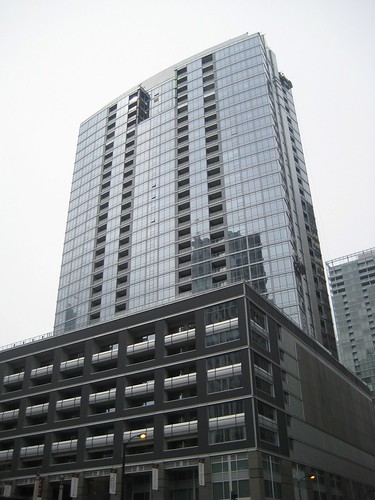
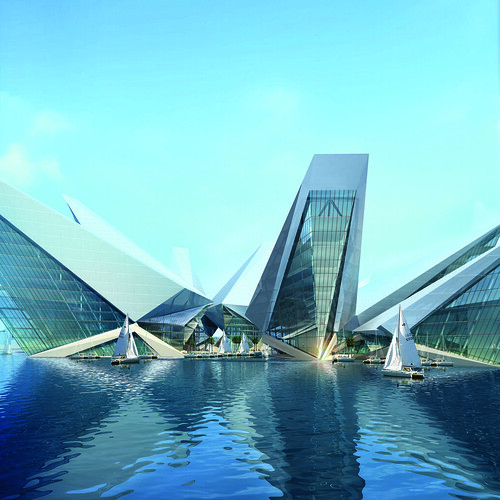
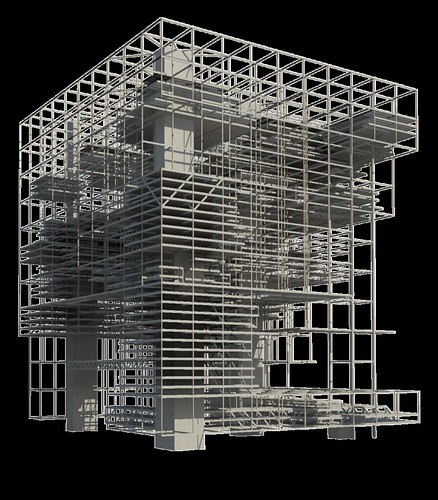


![Reblog this post [with Zemanta]](http://img.zemanta.com/reblog_e.png?x-id=c98beddb-cccf-4af5-9ef9-dba5333ecaa3)

![Reblog this post [with Zemanta]](http://img.zemanta.com/reblog_e.png?x-id=9fb4bb88-3b0c-4d5e-ad10-6358e61c28af)



![Reblog this post [with Zemanta]](http://img.zemanta.com/reblog_e.png?x-id=cb5c08c2-5a9b-4c19-86fc-dac98b62ad99)
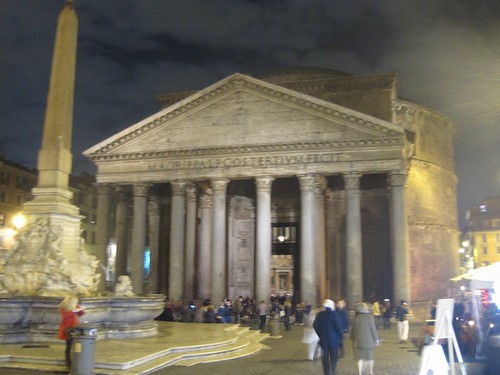

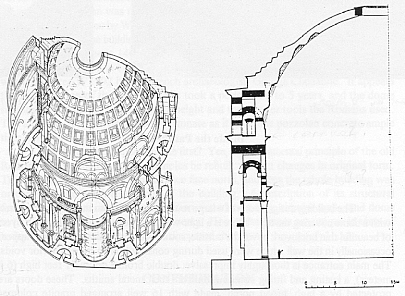
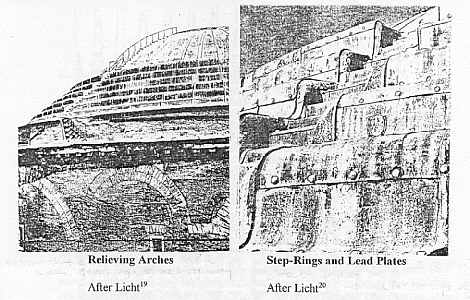
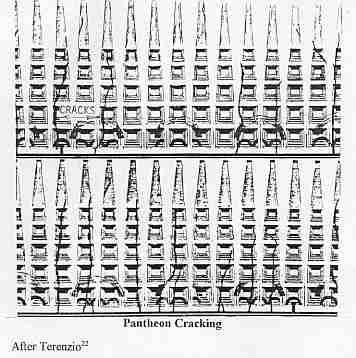
![Reblog this post [with Zemanta]](http://img.zemanta.com/reblog_e.png?x-id=87367b8f-d426-4de8-b13e-f999b29949fe)


![Reblog this post [with Zemanta]](http://img.zemanta.com/reblog_e.png?x-id=fdef16e5-59df-4aa4-af4f-8277200b09b9)